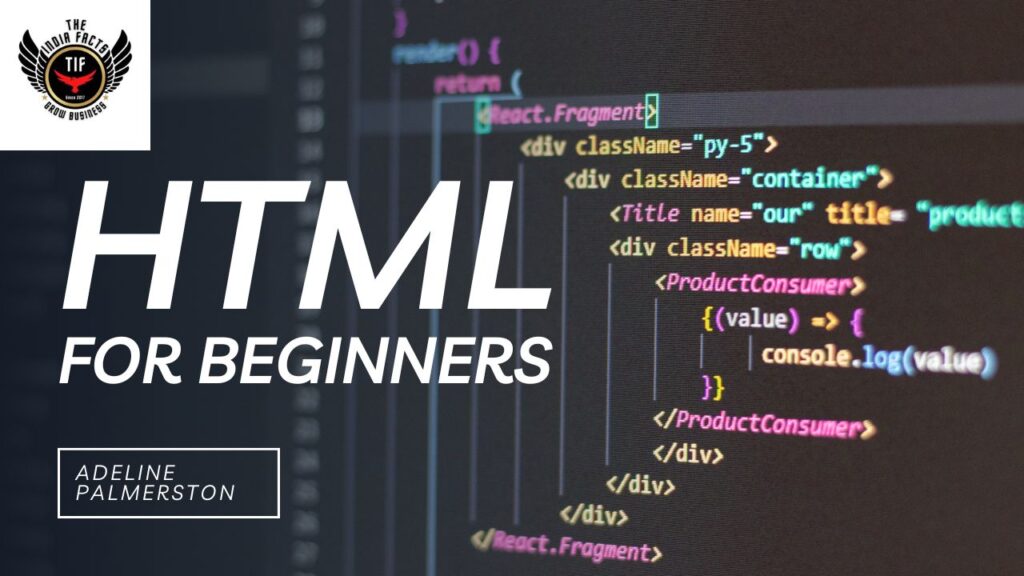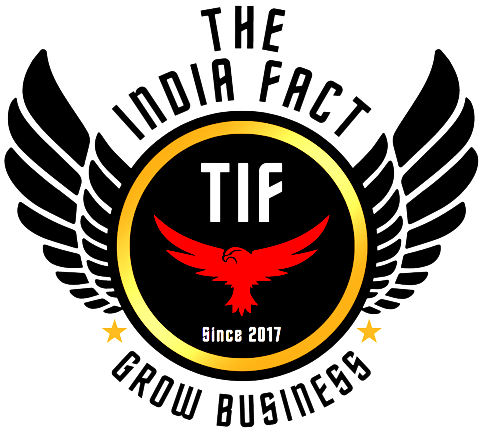Computer engineering 2024 and Computer languages of different types 2024

Computer engineering 2024 Types of Computer Languages
Introduction Computer engineering 2024
Computer languages are the foundation of programming and software development. They allow us to communicate instructions to a computer in a language it understands. There are various types of computer languages, each serving different purposes and suited to different kinds of tasks. This document provides an in-depth exploration of these languages, categorized broadly into low-level languages, high-level languages, and special-purpose languages.
Low-Level Languages
Low-level languages are closer to the hardware and provide little or no abstraction from the computer’s instruction set architecture. These languages are highly efficient and offer precise control over hardware.
1. Machine Language

Machine language is the most basic level of programming language, consisting of binary code that the computer’s central processing unit (CPU) can directly execute. It is composed of 0s and 1s, representing electrical signals that the hardware can interpret.
Characteristics:
- No abstraction from hardware.
- Extremely fast execution.
- Tedious and error-prone for human programmers.
Example:
A simple machine language instruction for an x86 processor might look like 10110000 01100001.
2. Assembly Language

Assembly language is one step above machine language and uses mnemonic codes and symbols to represent machine-level code. It is specific to a particular computer architecture.
Characteristics:
- Low-level control of hardware.
- Slightly easier than machine language due to mnemonics.
- Requires an assembler to convert into machine code.
Example:
An assembly instruction to move data might look like MOV AL, 61h.
High-Level Languages
High-level languages provide a greater level of abstraction from the hardware. They are designed to be easy for humans to read and write and must be translated into machine language by a compiler or interpreter.
1. Procedural Programming Languages

Procedural languages are based on the concept of procedure calls, where tasks are executed in a series of steps.
Examples:
- C:* A general-purpose language known for its efficiency and control over system resources.
- Pascal: Designed for teaching programming as a systematic discipline.
Characteristics:
- Emphasizes procedures and routines.
- Clear and structured code.
- Efficient for algorithmic tasks.
2. Object-Oriented Programming Languages

Object-oriented languages are based on the concept of “objects”, which can contain data and code to manipulate that data. This paradigm aims to increase modularity and reusability.
Examples:
- Java: Widely used for its portability and robustness.
- C++: An extension of C that includes object-oriented features.
- Python: Known for its simplicity and readability, supporting multiple paradigms including OOP.
Characteristics:
- Encapsulation, inheritance, and polymorphism.
- Improved code reusability and maintainability.
- Suitable for complex software systems.
3.Functional Programming Languages

Functional programming languages treat computation as the evaluation of mathematical functions and avoid changing-state and mutable data.
Examples:
- Haskell:* A purely functional language known for lazy evaluation.
- Lisp: One of the oldest programming languages, with a unique parenthesized syntax.
Characteristics
– Emphasizes immutability and side-effect-free functions.
– Supports higher-order functions and recursion.
– Facilitates parallel processing and formal verification.
4. Scripting Languages

Scripting languages are typically used for automating tasks and are often interpreted rather than compiled.
Examples:
- JavaScript:* Primarily used for web development to create interactive web pages.
- PHP: Widely used for server-side web development.
- Ruby: Known for its elegant syntax and dynamic nature.
Characteristics
- High-level and often dynamically typed.
- Excellent for rapid development and prototyping.
- Commonly used for automating repetitive tasks.
5. Declarative Programming Languages

Declarative languages express the logic of a computation without describing its control flow. They focus on what the program should accomplish rather than how to accomplish it.
Examples:
- SQL:* Used for database query and management.
- Prolog: Used in artificial intelligence and computational linguistics.
Characteristics:
- Emphasizes what to solve rather than how to solve it.
- Often used in database management and logic programming.
- Facilitates complex query and rule-based operations.
Special-Purpose Languages

Special-purpose languages are designed to solve specific types of problems or operate within specific domains.
1. Markup Languages
Markup languages are used to annotate text so that the computer can manipulate and format it.
Examples:
- HTML:* The standard language for creating web pages.
- XML: A flexible language for creating custom data formats.
Characteristics
- Not programming languages per se, but used in conjunction with them.
- Structure and present data.
- Widely used in web development and data interchange.
2. Hardware Description Languages (HDLs)

HDLs are used to describe the structure and behavior of electronic circuits, and they are essential in hardware design.
Examples
- VHDL:* Used for documenting and simulating the design of electronic systems.
- Verilog: Used for hardware modeling and simulation.
Characteristics:
- Enable the design and simulation of digital logic circuits.
- Close to the actual hardware implementation.
- Crucial for developing integrated circuits and other hardware components.
3. Data Analysis Languages

Languages specialized for data analysis are designed to handle large datasets and provide tools for statistical analysis and visualization.
Examples
- R:* Widely used in statistical computing and graphics.
- SAS: Provides advanced analytics, multivariate analysis, and data management.
Characteristics
- Built-in statistical functions and libraries.
- Highly specialized for data manipulation and visualization.
- Essential for data scientists and analysts.
Conclusion
The landscape of computer languages is vast and diverse, catering to various needs and preferences. From low-level machine languages that interact directly with hardware to high-level languages that simplify complex tasks, each language type offers unique advantages. Understanding these differences helps developers choose the right tool for their specific requirements, ultimately leading to more efficient and effective software development.
References
[3:20 pm, 8/6/2024] Deepak Bhaiya Bundi Web: – The C Programming Language” by Brian W. Kernighan and Dennis M. Ritchie
- “Introduction to the Theory of Computation” by Michael Sipser
- “JavaScript: The Good Parts” by Douglas Crockford
- “Programming in Haskell” by Graham Hutton
- “Database System Concepts” by Abraham Silberschatz, Henry Korth, and S. Sudarshan
This overview provides a structured insight into various types of computer languages, their characteristics, and examples. Let me know if you need further details on any specific part or another topic.







